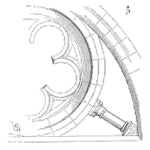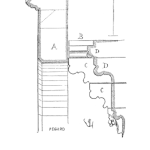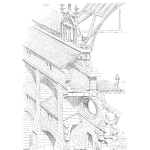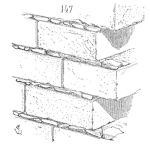
Condition Monitoring when used to drive reliability improvement offers diagnostics, information and data for Root Cause Analysis and equipment redesign, along with verification of defect or design correction.
Condition monitoring applied proactively is a context embracing world class reliability maintenance concepts.
Where condition monitoring is used as a proactive defect elimination strategy to drive failure prevention the benefits really add up with improved Reliability giving extended Mean Time Between Failures and additional Plant Availability. There have been recorded instances where the gains in improved plant uptime has lead to deferment of expensive plant expansion.
[Read more…]












